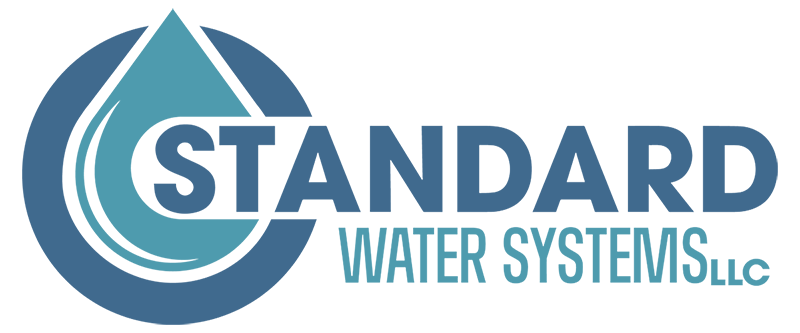The Impact of Water Quality on Laundry: What You Need to Know
The Critical Role of Water in Laundry: Understanding Its Impact on Cleaning Efficiency and Costs
Water is a vital commodity in any laundry operation, and its quality has become more crucial than ever in ensuring the effectiveness of cleaning products. This article delves into the sources of water, the common problems associated with water quality, and their impact on laundry operations.
Sources of Water
Water for laundry purposes typically comes from two primary sources: surface water and groundwater. Surface water includes lakes, rivers, ponds, and reservoirs, while groundwater is drawn from wells. As rainwater travels through the environment, it dissolves various minerals, transforming its chemical composition and potentially leading to laundry problems.
Water Quality Issues
Laundering issues often stem from poor water quality and improper techniques rather than faulty equipment or cleaning products. The best water for laundry is soft, nearly free of iron, manganese, and turbidity, and colorless. Soft water enhances the efficiency of soaps and detergents.
Water usage in laundry is costly, encompassing both the purchase of water and sewer charges. Most laundries use between 2.5 and 4.4 gallons of water per pound of fabric, highlighting the importance of efficient water use.
Hardness in Water
Hard water contains minerals that interfere with the cleaning action of soaps and detergents, necessitating larger amounts for effective cleaning. These minerals also react with detergent components, causing fabrics to become stiff and colors to appear faded.
The Impact of Hard Water on Laundry:
1. Soap Reactions: In hard water, soap reacts with calcium to form sticky curds, requiring more soap to clean effectively. These curds cling to fabrics, trapping soil and making laundering more difficult.
2. Iron Contamination: Iron in water causes yellow to orange stains that cannot be removed by bleaching. Even small concentrations can stain fabrics, but iron can be removed using water softeners.
3. Manganese Presence: Although rare, manganese causes brown stains. A water softener can eliminate this issue.
Water Softening Solutions
Cation exchange water softeners effectively remove calcium and magnesium from water, though the softened water still contains other dissolved minerals. Softening water reduces the need for cleaning supplies, extends the life of fabrics, and protects water-using equipment from damage.
Benefits of Water Softening:
1. Cleaner Wash: Softened water enhances the cleaning power of soaps and detergents, preventing impurities from embedding in fabric and maintaining the brightness of colors.
2. Water Savings: Softened water reduces the need for extensive rinsing, potentially eliminating one rinse cycle and saving significant amounts of water.
3. Energy Conservation: By eliminating one hot rinse cycle, laundries save on the energy required to heat water, reducing overall energy costs.
4. Lower Supply Costs: Softened water reduces the need for bleach and other chemicals, allowing for significant savings on cleaning supplies.
5. Reduced Linen Replacement: Softer water decreases the mechanical and chemical wear on fabrics, extending the life of linens and reducing replacement costs.
6. Maintenance and Repair Savings: Soft water prevents scale buildup in equipment, reducing repair and maintenance costs and extending the lifespan of laundry machines.
Conclusion
Proper water conditioning offers numerous benefits, including cleaner laundry, water and energy savings, reduced supply costs, extended fabric life, and lower maintenance expenses. Investing in water softening equipment can result in substantial long-term savings and improved laundry performance.
